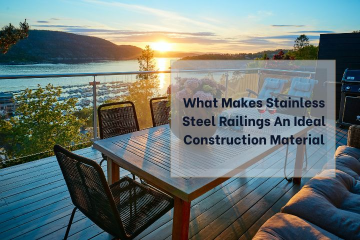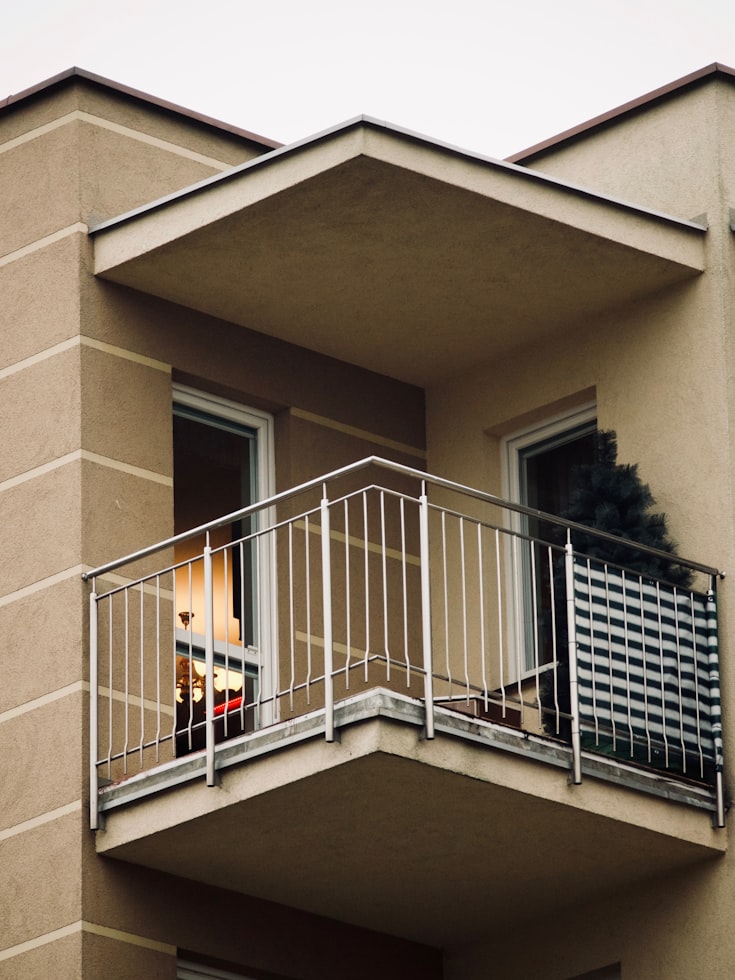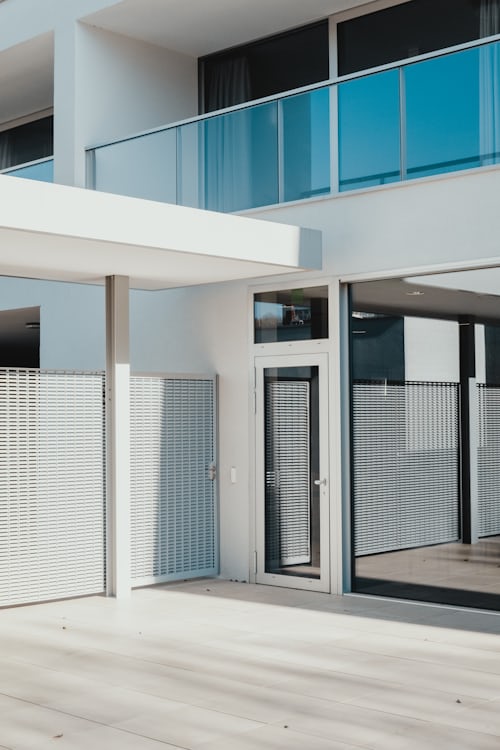
Gone are the days when iron or aluminum used to be the ideal construction materials. The modern construction industry leverages stainless steel in several aspects. Its cleaned and sterilized nature makes it powerful against corrosion, making it a material of strength.
However, that’s not all! Apart from the exterior, stainless steel railing also add strength inside a building. Other aspects of the materials can also be noticed, such as the lustrous appearance of steel, which makes it a preferred material for its structural properties.
But that’s not all! Continue reading as we explore the different aspects of stainless steel and what makes it one of the most in-demand construction materials.
What Makes Stainless Steel Railing a Go-To Option for Construction?
Stainless steel railings have several advantageous qualities that significantly contribute to their widespread use in producing parts and components across numerous industrial sectors. Besides, the high level of corrosion resistance due to the chromium component makes it a go-to option. Today, most construction engineers opt for steel, as it is about 200 times more corrosion-resistant than steel without chromium.
However, that’s not all! Using stainless steel railing for construction also adds to other benefits, including durability, resilience, and great strength in low or high temperatures.
Let’s check out an in-depth detail on the different advantages of using stainless steel railing in construction.
#1 Improved Strength Of The Building
Added strength is among the premier benefits of using stainless steel for construction. It is a fantastic material for building projects since it maintains its strength at high and low temperatures. Due to their strength, stainless steel-supported bridges and structures can resist tremendous weight and pressure.
#2 Adds To The Aesthetic Appeal Across Interior and Exterior
Architects use stainless steel to enhance the look of their construction and sustain bridges and buildings. Stainless steel is a beautiful, bright metal that reflects the beauty in its surroundings. For instance, stainless steel railing add beauty to your stairs and provides safety and protection.
#3 Added Flexibility
You are aware of the versatility of stainless steel if you have visited the Art Gallery of Alberta in Canada. This structure's distinctive stainless steel has wavy forms that are both sturdy and lovely. Architects favor strong and flexible metals because they enable them to create original designs that showcase their ingenuity.
Interestingly, that’s not all! Let’s check out other aspects of using stainless steel in construction, especially around the interiors.
The Stainless Steel Application In Railing
While those mentioned above were the exterior uses, let’s not overlook the added possibilities of stainless steel in an abode’s interior. The use of steel is dominant, as is stainless steel railing.
Stainless steel is graded according to its alloying contents. Every component has a specific advantage that adds to its corrosion resistance, toughness, and wear resistance. The three most popular grades for architectural railings are SS 204, 316-grade, and 304-grade.
Here, we’ve listed a few of their applications in railings to give you a better idea.
1. Stainless steel railing grade 304
The stainless steel pipe 304 stainless steel comprises 8% nickel and 18% chromium, making it corrosion- and rust-resistant. There may also be many additional alloys, each producing a distinct grade of stainless steel made for a particular use. For steel of this grade, no coating is required.
If the location is sheltered from the elements or the conditions aren't too extreme, grade 304 stainless steel can be used in indoor and outdoor applications. A railing system made of grade 304 stainless steel is simpler to maintain than one made of carbon steel. Although grade 304 stainless steel is more expensive than carbon steel, it needs far less care and maintenance.
2. Marine Grade 316 Stainless Steel Hand Railing
As the name suggests, grade stainless steel 316 is a marine-level stainless steel alloy that melts at temperatures between 1371 and 1399 degrees Celsius. It is also referred to as an ‘austenitic’ steel alloy due to its high nickel and chromium concentrations.
In addition, the steel has an extreme tensile strength of 84 ksi. Additionally, it can withstand a maximum temperature of about 800 degrees Celsius. The molybdenum present in the formulation of this grade adds to its resistance to oxidising agents, acids, and bases.
3. SS 204 For Decorative Railings
The SS 204 grade of steel is another option on our list. Generally used for decorative railings, this steel grade comprises 18% chromium and 0.5% nickel. The basic use of this steel is to mold it into multiple designs that add to its lustrous properties.
Besides, this grade of stainless steel also has a low burning point, making it easier and more effective for several practical applications.
Some Examples of Various Types of Stainless Steel Railings
-
Basic Stainless Steel Railings For Balconies
-
Balcony with Stainless Steel Pipes and Glass
-
Steel Railing Design With Patterns And Motifs
With this, we end our blog on the impact of steel on the industry. Remember, due to the several existing products in the market, it is always wise to trust premier providers like Santosh Steel. They’re the leading stainless steel railing pipe manufacturers in India that provide quality materials at affordable prices.


